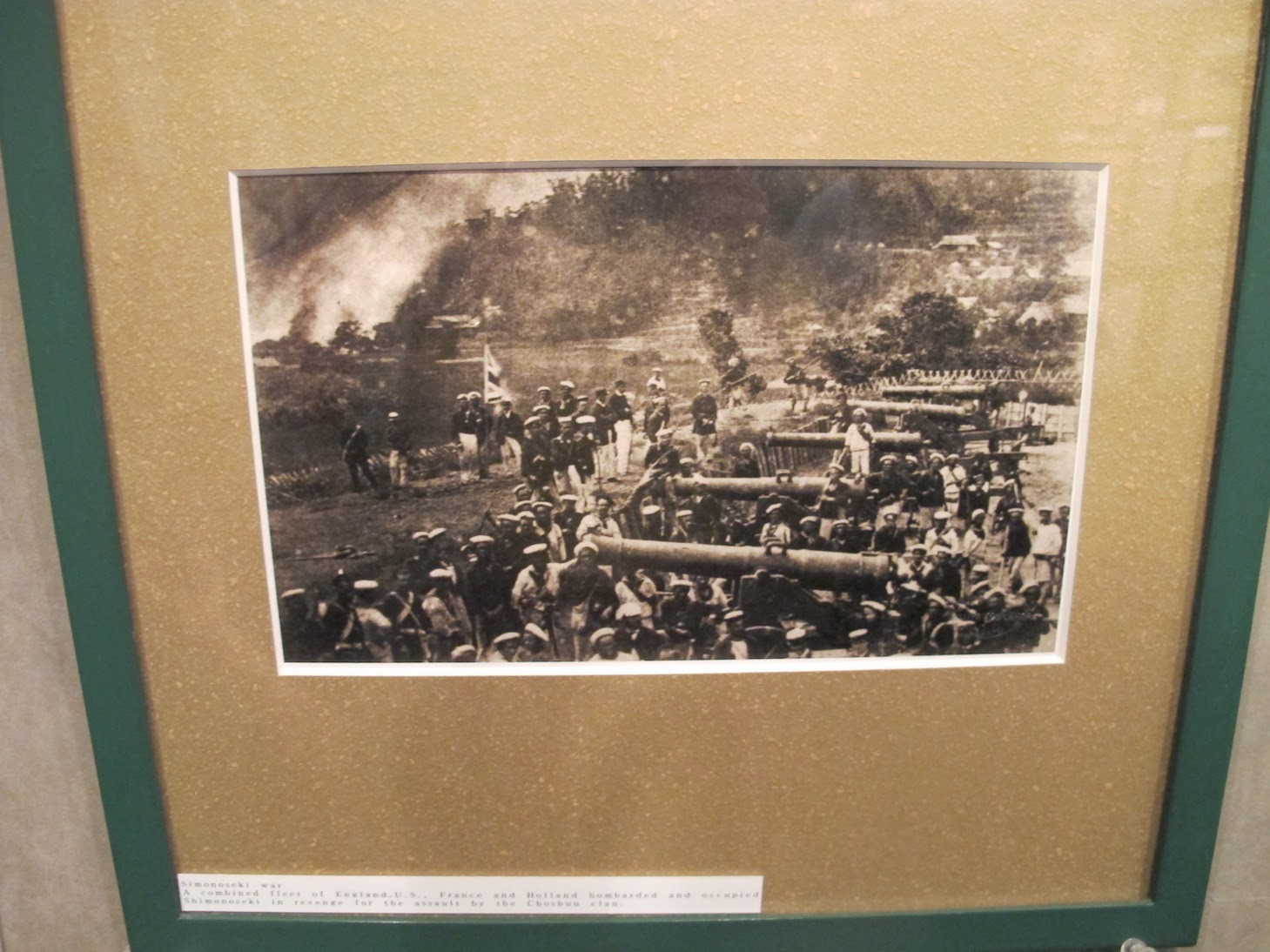I noticed that this is something unique and probably this is Japan special!
Well, it's just a lunch box, but there are many varieties and it's so colourful.
It's fun to look at it, and.. TASTY!
I didn't really like it when I was in Japan because it was cold and I didn't think it was tasty at that time.
But I think the quality improved a lot recently!
It's still cold for most of Ekiben, but it's nice!
I'm not sure if I feel it because I'm staying outside of Japan for a long time, but it's worth trying.
Here's Wiki explanation of "Ekiben".
Ekiben (駅弁) (railway boxed meals) are a specific type of bento boxed meals, sold on trains and train stations in Japan and Taiwan (鐵路便當). Today, many types of ekiben can still be purchased; at stands in the station, on the platform, or on the train itself. They come with disposable chopsticks (when necessary) or spoons. Ekiben containers can be made from plastic, wood, or ceramic. Many train stations have since become famous for their especially tasty ekiben, made from local food specialties. The "Golden Age" of ekiben, however, ended in the 1980s. At that time, air travel was quite expensive and trains were slower. Many tourists needed them during their train journeys.Well, I actually didn't know there is Ekiben in Taiwan. :p
Taiwan culture is pretty much similar to Japan because of past Japanese occupation for 50 years.
When I went to Taiwan for the first time from Singapore, I was surprised to see the town and it felt like I came back to hometown...
Well, except for the language, of course. :)
Anyway, back to Ekiben...
I had a lot of Ekiben during our Tohoku Trip...
It was the most I had Ekiben in my life in such a short period..
Here's what I had.
Hotate (Scallop) Bento
Seafood Bento
Makunouchi Bento
Tori (Chicken) Bento
Tohoku Marugoto Bento (all about Tohoku bento)
Must try. :)





























































































